Losing a cat is a heart-wrenching experience that no pet owner should face. When your feline friend goes missing, panic sets in—but don’t give up just yet. Cats are mysterious, curious creatures, and with the right approach, they can often be found.
While your cat may have wandered off for countless reasons, understanding their behavior is key to tracking them down. They could be close by, hiding in places you’d never expect, or they could be further away, exploring their surroundings.
In this post, we’ll share 12 proven ways to find your missing cat. These strategies are designed to help you stay calm, focused, and determined. Remember—patience is your biggest ally in this search. Ready to bring your furry friend home? Let’s dive into these tried-and-true methods!
Search Your Home Thoroughly

Begin your search by thoroughly inspecting your entire home. Cats are notorious for squeezing into tight spots like cupboards, under beds, or behind heavy furniture.
They might even hide due to stress or fear. Take a flashlight and examine dark places, calling their name softly. Check any potential escape routes they might use.
It’s essential to pause and listen for faint meows or scratches, as they might be trapped. Revisit spots multiple times, as cats might stay silent initially and then reveal themselves later.
Check with Neighbors
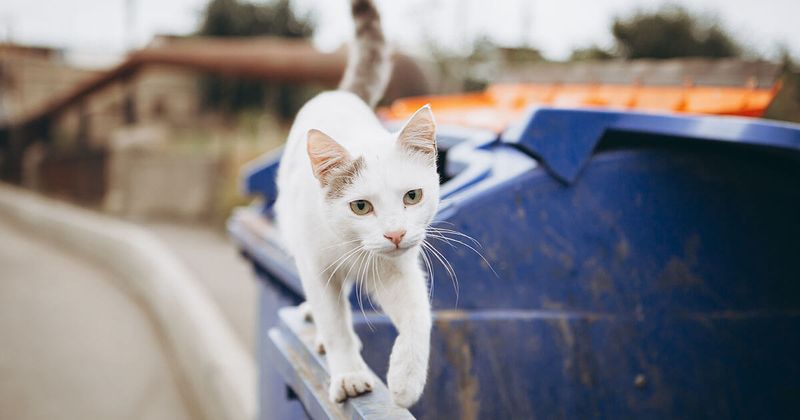
Reach out to your neighbors, as they might have seen your cat wandering nearby. Share clear pictures of your feline friend and ask them to keep an eye out.
Cats sometimes wander into open garages or sheds, so request they check these spaces. Familiarize them with your cat’s appearance and any distinctive features.
Being proactive in involving the community increases the chances of locating your pet. Additionally, leave your contact information with them, so they can quickly reach out if they spot your cat.
Use Social Media

Social media can be a powerful tool in your search. Post clear photos, your contact details, and pertinent information about your missing cat on platforms like Facebook, Instagram, and Twitter.
Join local community groups and forums specific to lost pets. Encourage friends and followers to share your post, amplifying your reach. The more people who see your plea, the better your chances of getting help.
Regular updates on these platforms can keep your search active and maintain public interest.
Create and Distribute Flyers

Design eye-catching flyers with your cat’s photo, physical description, and your contact information. Highlight any unique traits that might help identify your pet.
Distribute these flyers throughout your neighborhood, focusing on high-traffic areas like parks, community centers, and local businesses. Consider placing them in mailboxes as well.
By engaging the local community, you increase the chances of someone recognizing your cat. Regularly replace any damaged or removed flyers to ensure visibility.
Check Animal Shelters
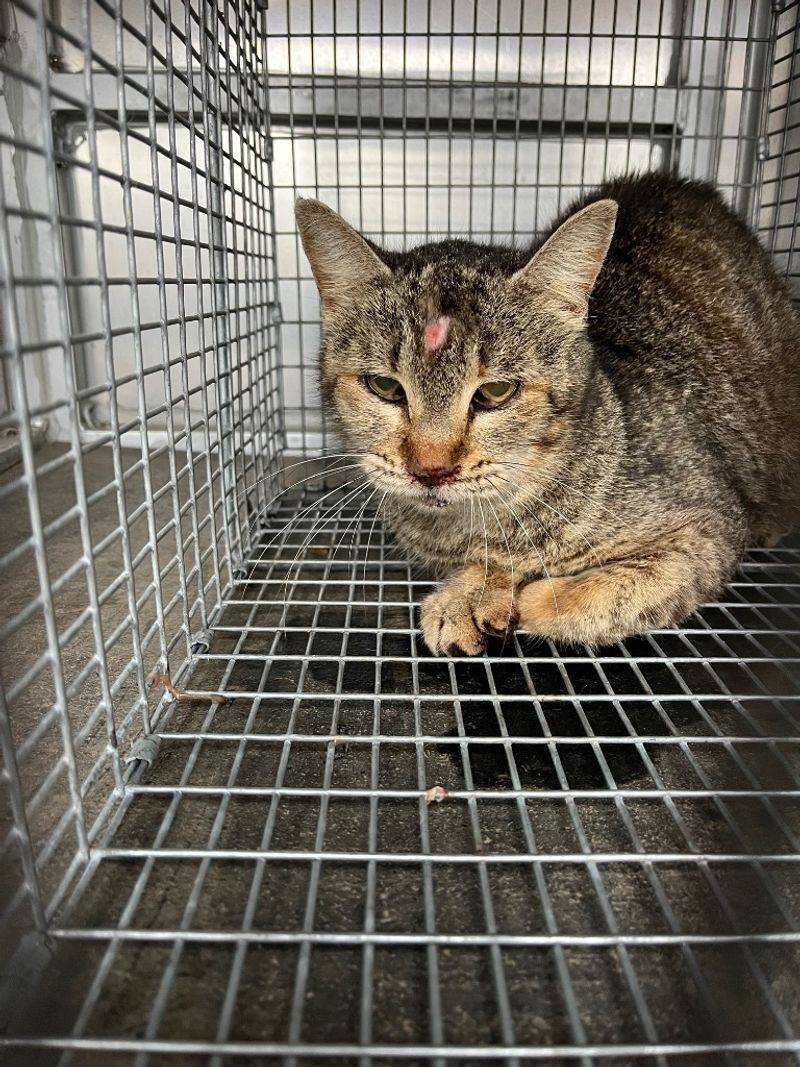
Visit local animal shelters and humane societies regularly, as your cat could be brought in. Speak with the staff and provide them with clear details about your missing cat.
Some shelters might have online databases where you can check for any match. Ensure you leave your contact information with them. Since shelters have rotating intakes, frequent visits are essential.
Keep an eye on their online postings as well. Establishing a rapport with shelter staff can also keep your cat’s case on their radar.
Leave Out Familiar Scents

Cats have a strong sense of smell, and familiar scents can guide them back home. Place your cat’s favorite bedding or a piece of clothing with your scent outside.
This can act as a beacon, drawing your cat back if they’re nearby. You might also leave food or treats if you feel it’s safe from attracting other animals. Monitor these areas frequently, as your cat may return when all is quiet.
This technique taps into their instinctual behaviors, increasing the chances of a successful return.
Utilize Humane Traps
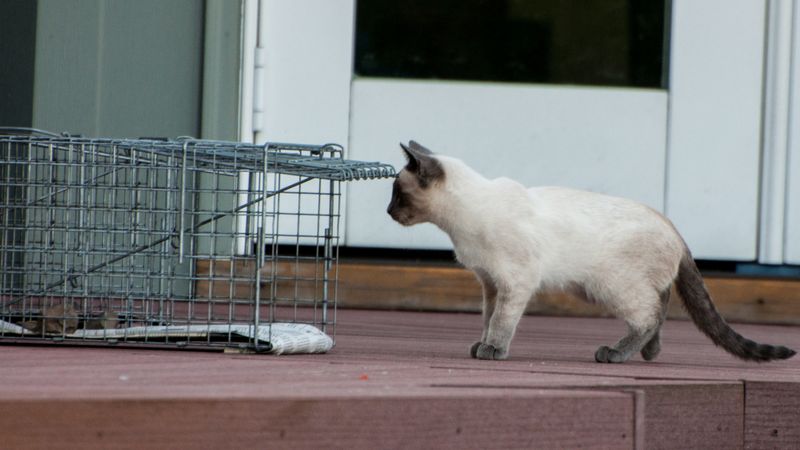
Setting up humane traps can be an effective way to safely capture your missing cat. Place the trap near your home or areas where sightings have been reported.
Use your cat’s favorite food as bait to encourage entry. Regularly check the trap to ensure the safety and well-being of any animal caught. Inform your neighbors about the traps to prevent any misunderstandings.
If you’re unsure how to proceed, seek advice from local animal control or shelter experts. Humane trapping requires careful monitoring and ethical considerations.
Explore at Different Times
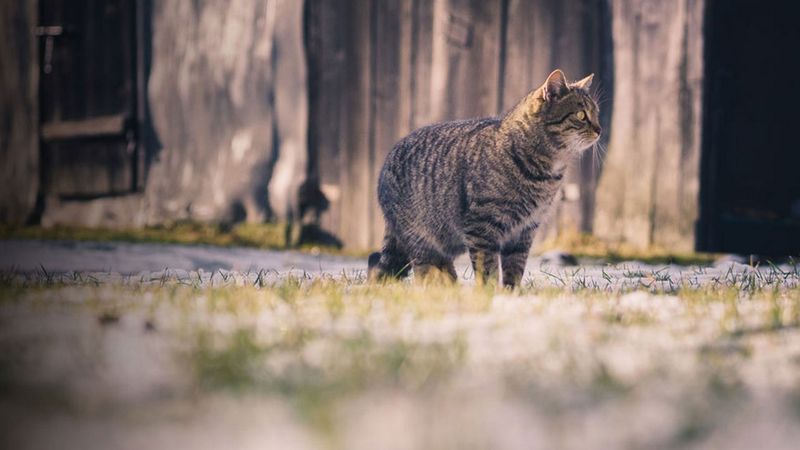
Cats are often more active during dawn and dusk, making these prime times for searching. Venture out during these hours with a flashlight and softly call your cat’s name.
Listen for any meowing or rustling sounds. The quiet of these times can also make it easier to hear subtle noises. Adjusting your search times might reveal your cat’s hiding spot if they’re avoiding the busier daytime hours.
Persistence during these varied times can significantly enhance your search efforts.
Use Technology and Apps

Leverage technology by using apps and devices designed to locate pets. If your cat was wearing a GPS collar, track their movements through the associated app. There are also apps that alert nearby users about lost pets, increasing your reach.
Always keep your phone charged and notifications active to respond quickly to any leads. Technology can be a crucial ally, providing real-time data and expanding your search efforts beyond traditional methods. Stay updated with the latest tech tools for pet recovery.
Consult a Pet Detective
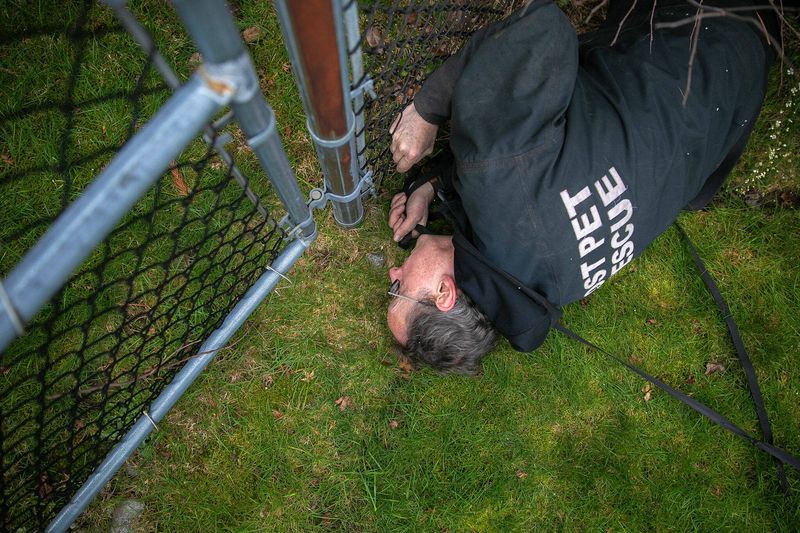
If all else fails, consider hiring a professional pet detective. These experts use a combination of tracking skills and technology to locate lost pets. They might employ search dogs, thermal imaging, or drones to increase success rates.
Their experience can provide you with new strategies and insights. While it can be an investment, their expertise might just lead to your cat’s return. Do thorough research to ensure you choose a reputable detective who prioritizes humane and ethical practices.
Organize a Community Search
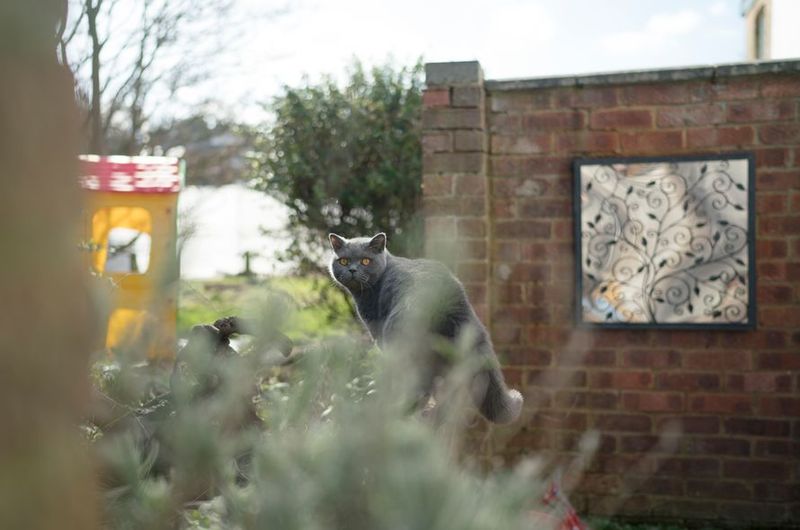
Galvanize your community by organizing a group search effort. Coordinate a time and divide areas among volunteers to cover more ground efficiently. Equip everyone with flyers and instruct them on calling your cat’s name and listening for responses.
A collective effort often increases morale and speed of the search. Keep the group updated with any new information or sightings to refine the search strategy. Community involvement not only boosts your chances but also strengthens neighborhood bonds.
Maintain Hope and Patience
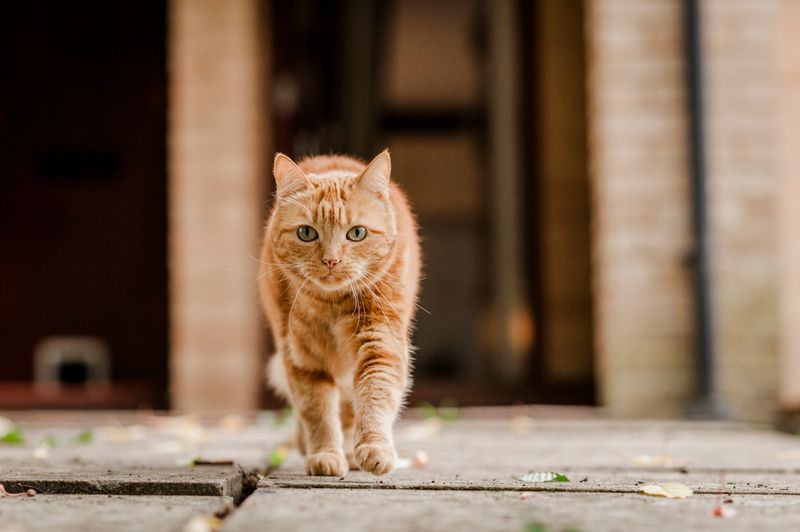
Throughout this challenging time, maintaining hope and patience is crucial. Cats have been known to return weeks or even months after initially disappearing. Regularly refresh your search efforts and update any social media posts or flyers.
Celebrate small victories, like confirmed sightings, as they can lead you closer to your goal. Surround yourself with supportive friends and family who can lift your spirits and offer encouragement.
Your unwavering patience can be a guiding light in your journey to reunite with your cat.

